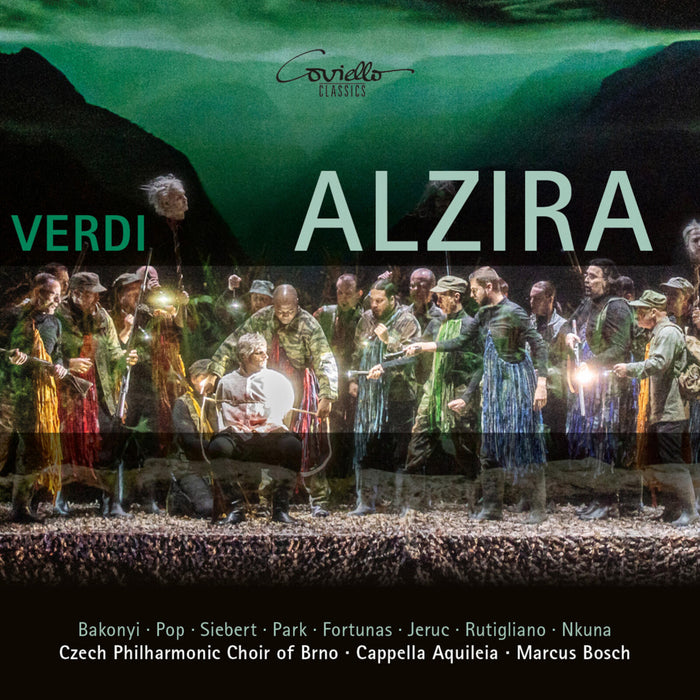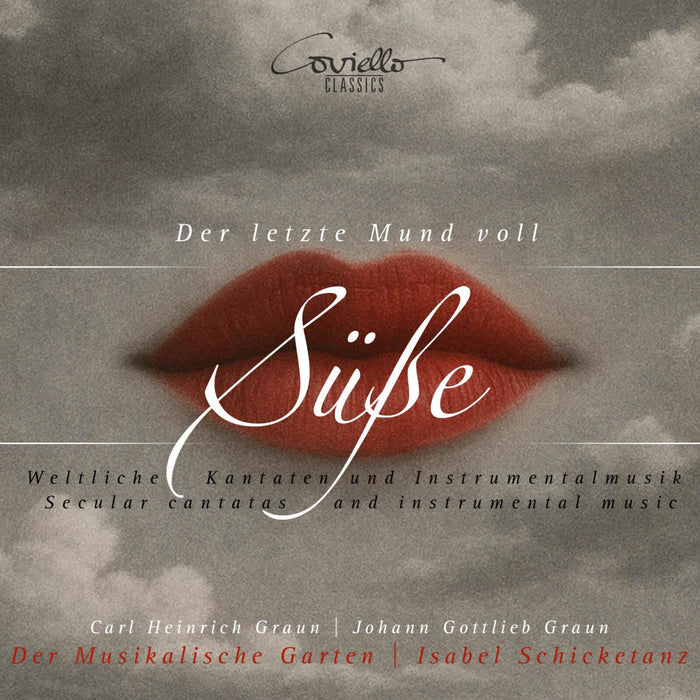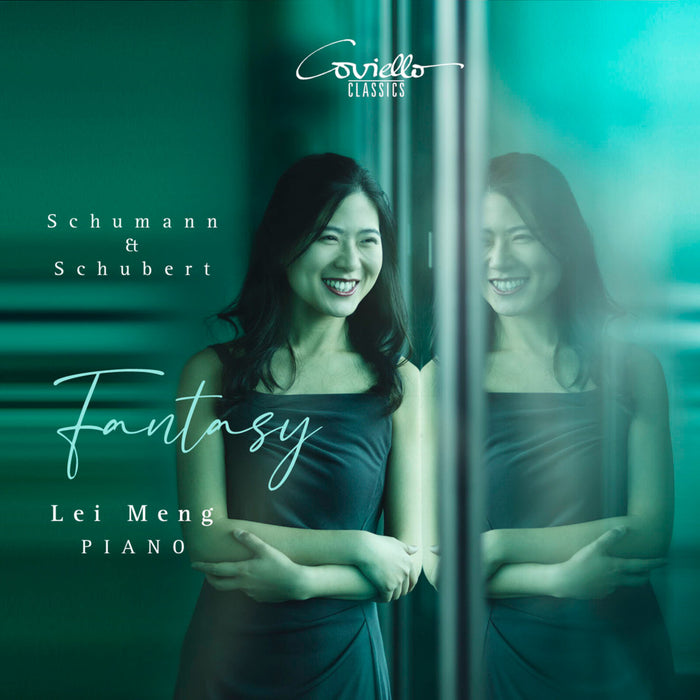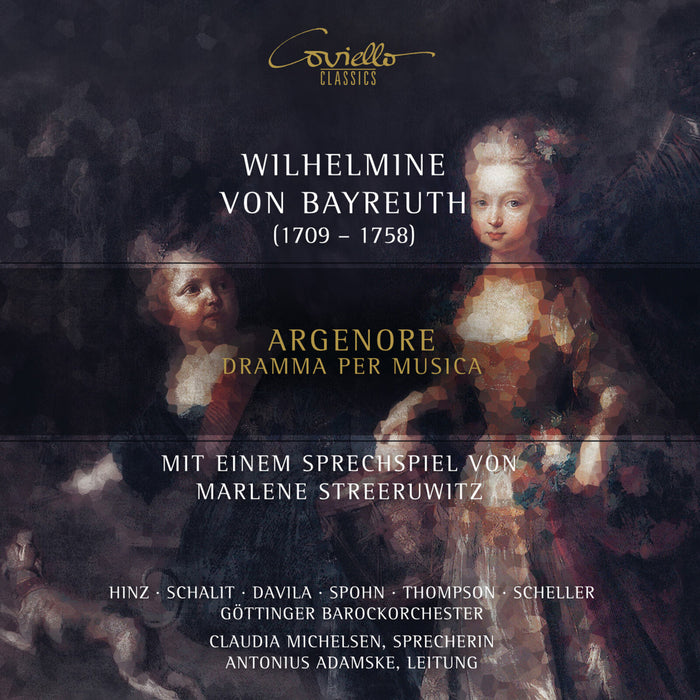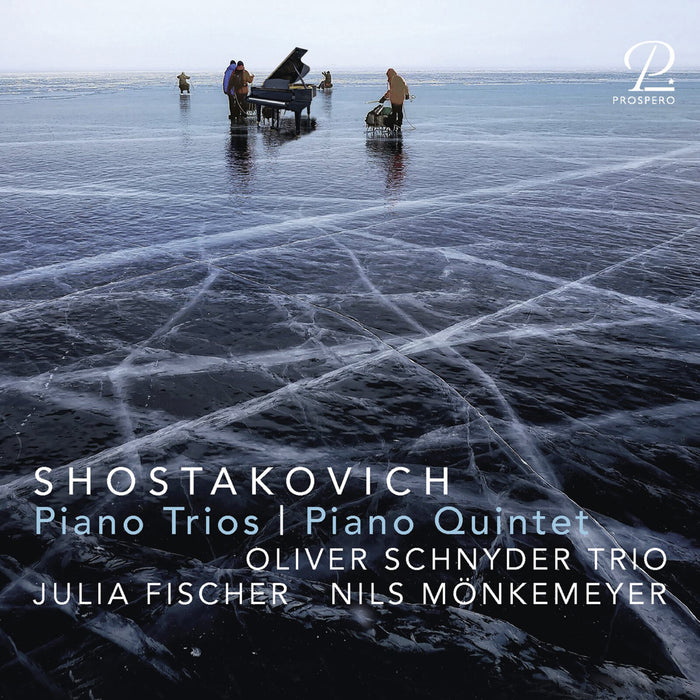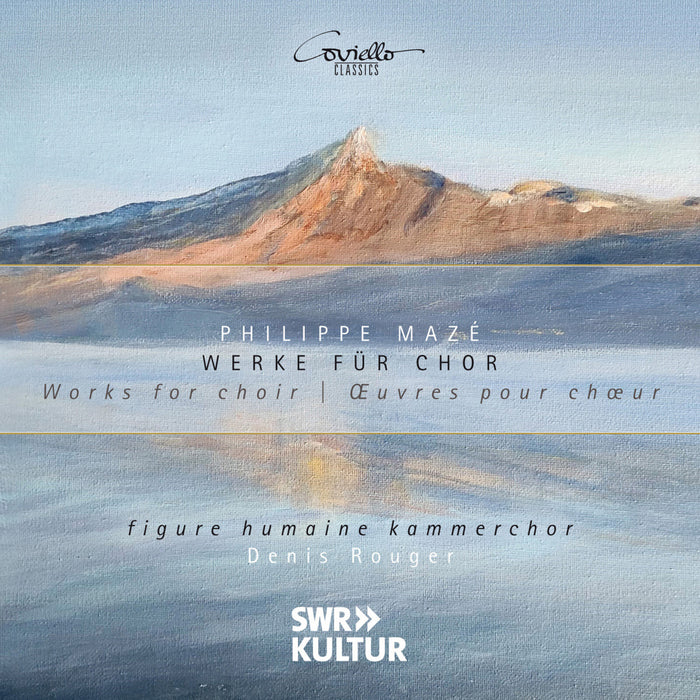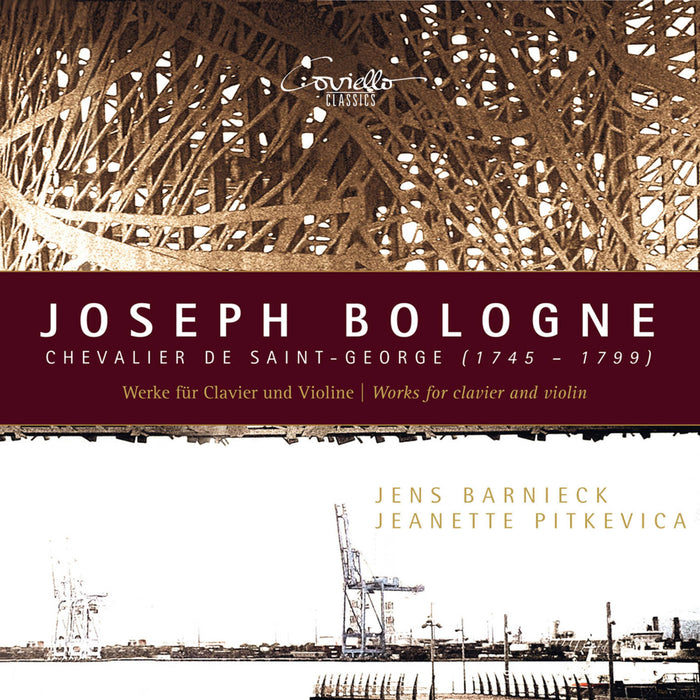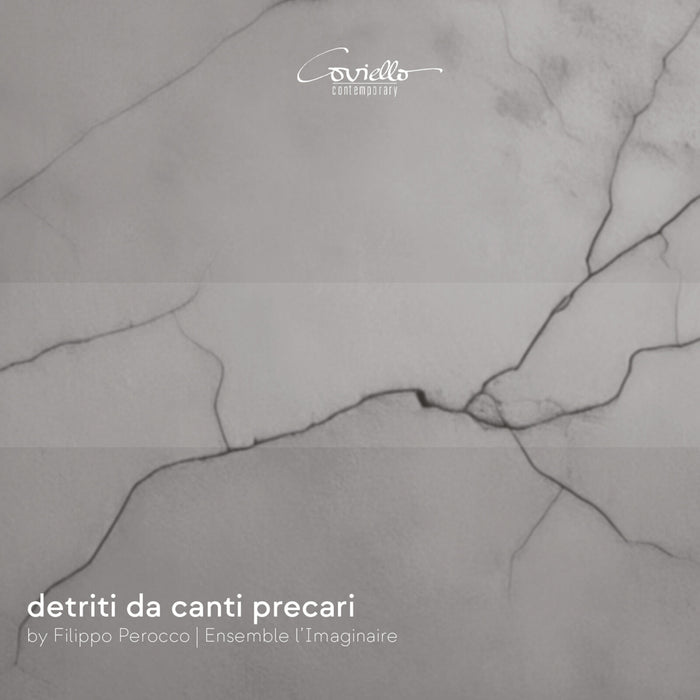Description
The method of accompanying oneself on a musical instrument while singing, is a technique that is probably almost as old as humankind itself. We know that Orpheus could make stones weep by singing to his lyre, and even overcome death by his artful song.
Not only gods and demigods - who are said to have invented all musical instruments - practiced singing to their instruments, the Byzantine musical tradition or the minstrels and troubadours used this method.
The oldest systematic tutor for viola da gamba is the ‚Regola Rubertina' from 1542 - Silvestro Ganassi gives an example, how to adapt a madrigal – composition of four parts to the viol in such a way, that three voices are taken over by the gamba and sing the fourth voice. One English source is a book by Tobias Hume from the early 17th century: Hume used to accompany himself on the viol while singing and had a lifelong dispute with John Dowland over the question, if the lute or the viol would be better suited to accompany song.
Niklas Trustedt presents this CD and shows how he developed and continued this tradition in the 21st century - including all the experiences he made in his life, and with compositions of different periods that he encountered, and that he adopts and makes his own. He merges the sound of his viol with his voice and allows a very personal and unique access to these pieces. He adapts, arranges and expands the songs and moves between the parameters of composition, improvisation and interpretation, to give a new face to the tunes. The opening of the CD, the Pavan from the hand of the aforementioned Tobias Hume, introduces the different temperaments of human existence: the perfect Overture to the songs, that describe different mental conditions of human life. The virelai 'Doulce Dame' by Guillaume de Machaut is the first actual song of this collection: a love song from the 14th century - to this day one of the best known melodies from this period. Trustedt expands the song and ads an overtone-vocalisation that enchants the ear, and creates a magical atmosphere.
To conclude this collection of songs Niklas Trustedt ads two of his own compositions: 'Oh me, in a swaying form' and the 'Postlude'. In unmistakable authenticity he transmits confidence, hope and thoughtfulness in these works.


